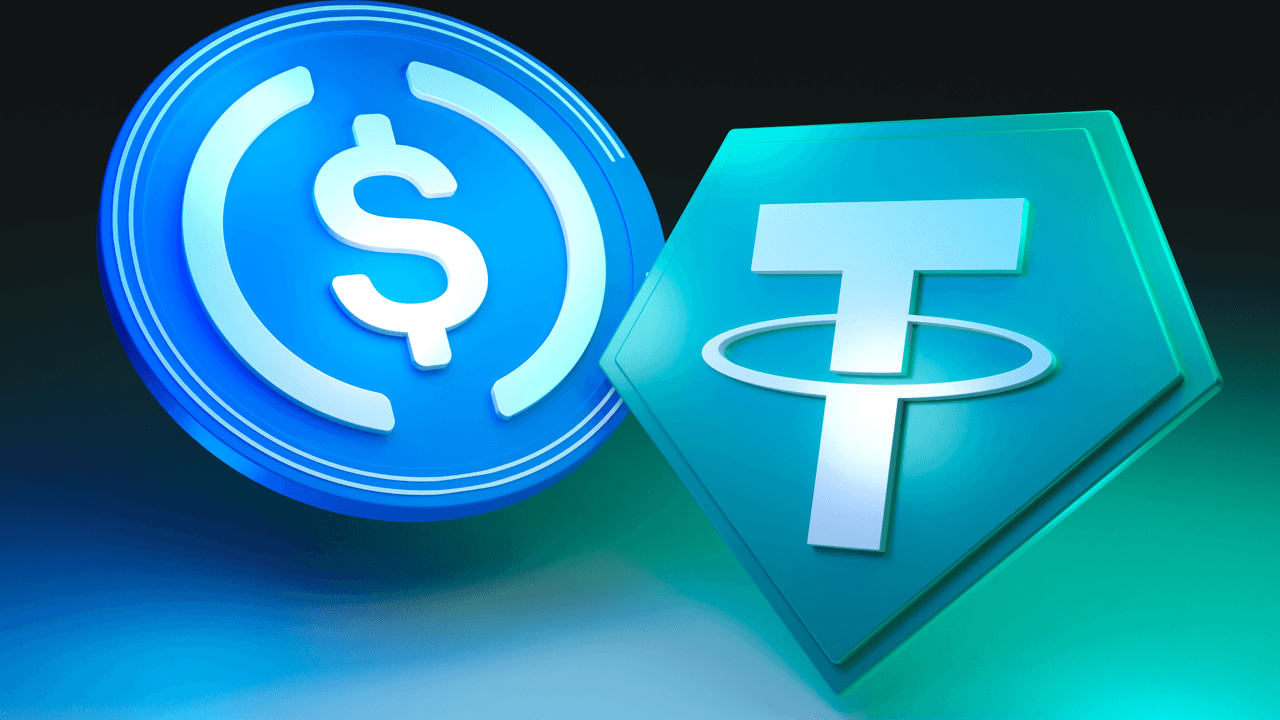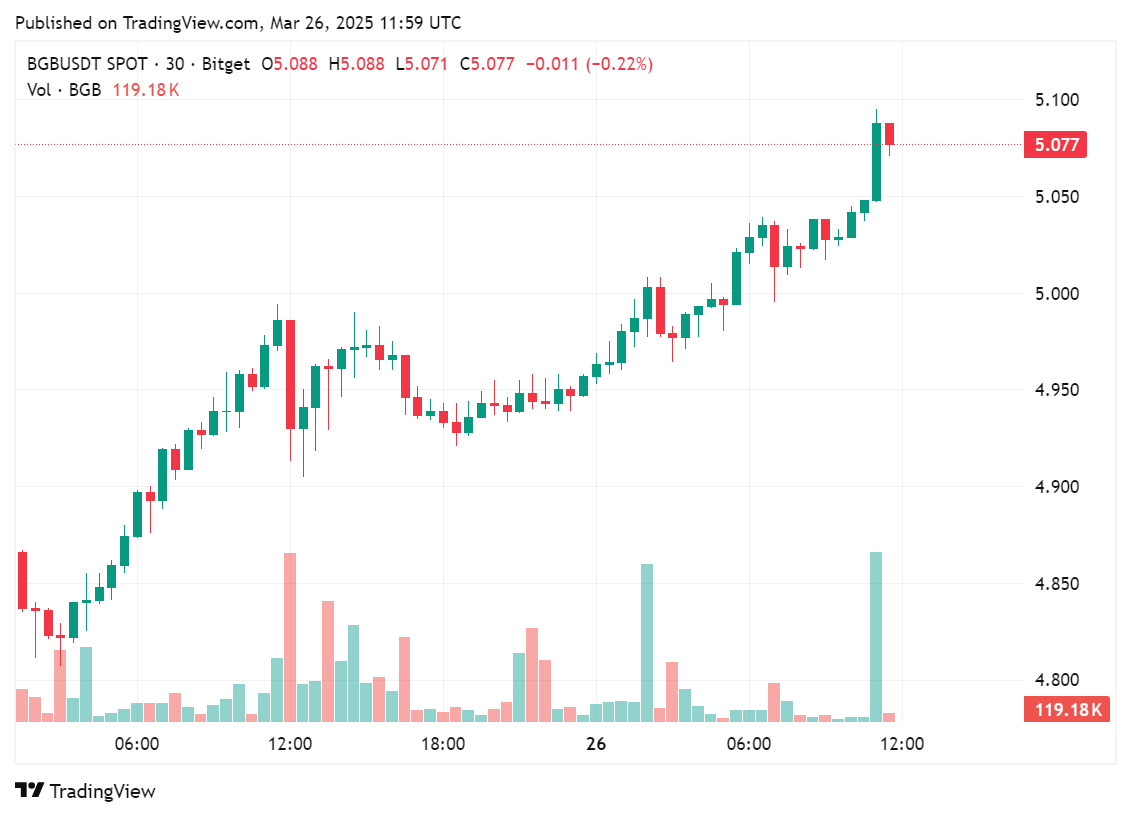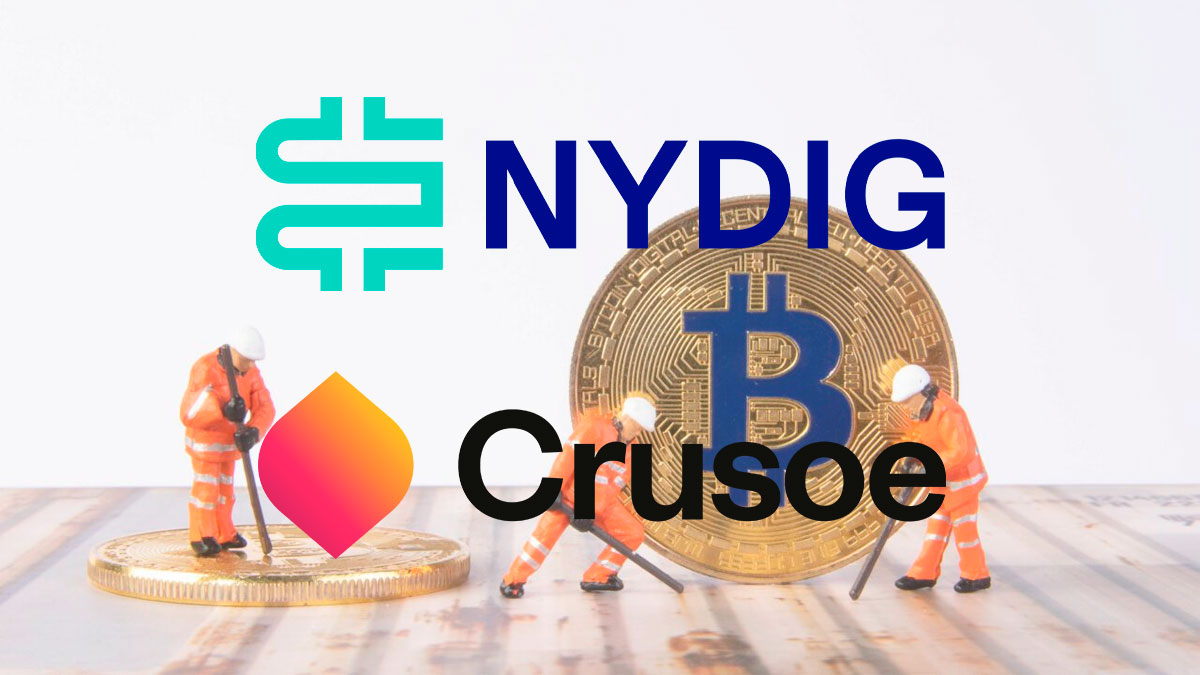The Soaring Stablecoin Economy: USDC Breaks New Ground
The digital finance landscape has witnessed a remarkable surge this week as the stablecoin economy reached new heights. With a staggering $10.28 billion expansion in March, the total valuation of stablecoins now stands at an unprecedented $234.60 billion.
USDC Takes Center Stage
Among the major players in the stablecoin market, Circle’s US Dollar Coin (USDC) has managed to eclipse the $60 billion threshold for the first time. This milestone highlights the growing popularity and acceptance of USDC as a reliable and trustworthy digital asset.
Treasury-Backed Tokens Disrupt the Stablecoin Hierarchy
The rise of USDC comes as other treasury-backed stablecoins, such as Tether (USDT) and Binance USD (BUSD), face increasing scrutiny and regulatory challenges. These developments have disrupted the traditional stablecoin hierarchy, paving the way for new players to gain ground.
Impact on Individuals: Seamless Digital Transactions
For individuals, the expansion of the stablecoin economy signifies the continuation of a trend towards more seamless and efficient digital transactions. Stablecoins offer the benefits of crypto assets, such as fast and borderless transactions, without the volatility associated with other digital currencies.
- Enhanced financial inclusion: Stablecoins provide an accessible alternative to traditional banking systems, allowing unbanked or underbanked populations to participate in the digital economy.
- Streamlined cross-border payments: Stablecoins enable quick and cost-effective cross-border transactions, making it easier for individuals to send money across borders.
- Increased financial privacy: Stablecoins offer a degree of anonymity, allowing users to conduct transactions without revealing their personal information.
Impact on the World: Disrupting Traditional Finance
On a larger scale, the soaring stablecoin economy represents a significant disruption to traditional financial systems. As more individuals and businesses adopt stablecoins for transactions, the demand for intermediaries, such as banks and payment processors, may decrease.
- Reduced reliance on centralized financial institutions: Stablecoins offer a decentralized alternative to traditional financial services, potentially reducing the need for intermediaries and their associated fees.
- Increased financial inclusion: The widespread adoption of stablecoins could bring financial services to underserved populations, helping to close the global financial gap.
- Regulatory challenges: The rapid growth of the stablecoin economy presents regulatory challenges, as governments and financial institutions grapple with how to manage and oversee these digital assets.
Conclusion: A New Era for Digital Finance
The soaring stablecoin economy and the rise of USDC as a major player mark a new era for digital finance. With their ability to offer the benefits of crypto assets without the volatility, stablecoins are poised to transform the way we conduct transactions, both on an individual and global scale.
As the landscape continues to evolve, it is essential to stay informed about the latest developments and their potential impact on our lives. Whether you are an individual looking to send money across borders or a business seeking to streamline transactions, the stablecoin economy offers exciting possibilities for the future.





